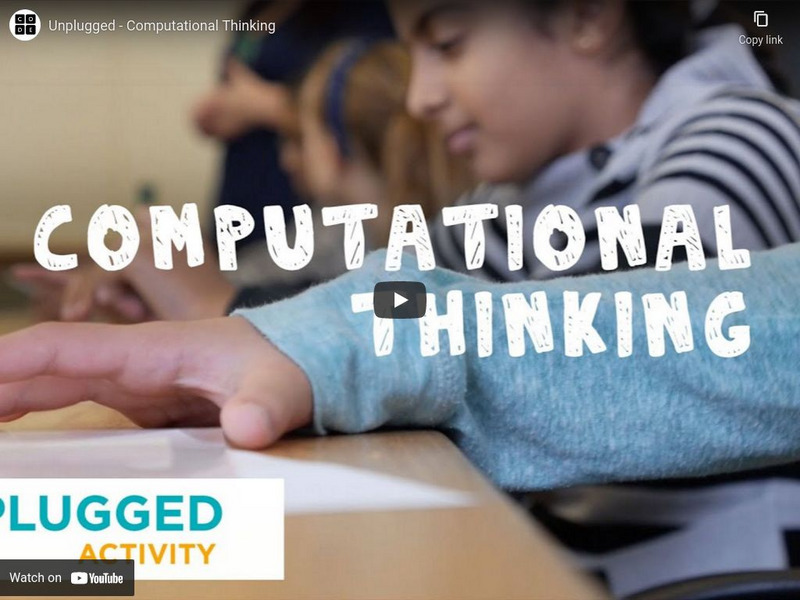Visual Learning Systems
Investigating Chemical Reactions: Types of Chemical Reactions
Upon viewing the Investigating Chemical Reactions video series, students will be able to do the following: Define a chemical reaction as a process in which substances undergo changes to produce new materials with different properties....
Curated Video
In Real Life: The New Death
A new way to memorialize loved ones is challenging laws and raising big ethical questions.
Curated Video
Officials: Small Explosions at TX Chemical Plant
Fires and two explosions rocked a Houston-area chemical plant early Thursday in the wake of Harvey and its devastating floods even as floodwaters from days of relentless rain receded there and the threat of major dangers from the storm...
Curated Video
Police retrieved a decomposed body from an irrigation ditch in northern Colorado on Wednesday, about a half-mile from the home of a missing sixth-grader.
HEADLINE: Decomposed body may be missing Colo. girl
CAPTION: Police retrieved a decomposed body from an irrigation ditch in northern Colorado on Wednesday, about a half-mile from the home of a missing sixth-grader. (May 19)
Crews in...
Curated Video
Small explosions at Texas chemical plant
Fires and two explosions rocked a Houston-area chemical plant early Thursday in the wake of Harvey and its devastating floods even as floodwaters from days of relentless rain receded there and the threat of major dangers from the storm...
Curated Video
Officials: Small Explosions at TX Chemical Plant
FOR CLEAN VERSION SEE STORY NUMBER: apus083043
The Harris County Fire Marshal Office says a series of small explosions happened after small containers in a box van on the site of a chemical plant in Crosby...
Curated Video
Researchers at Texas State University use donated bodies to study the science of estimating time of death on corpses found outdoors. Their finding could change the way police and medical examiners do their job.
HEADLINE:"Body Farm" challenges time of death science
CAPTION: Researchers at Texas State University use donated bodies to study the science of estimating time of death on corpses found outdoors. Their finding could change the way...
Mathispower4u
Express an Area as an Expression by Decomposing Area (Example)
Cut the area into two. Pupils see how to use algebraic expressions to find the area of a composite figure. The video breaks the figure into two rectangles and finds the missing lengths to find the area. After multiplying the dimensions,...
American Chemical Society
What Happens to Your Body When You Die?
Your heart may not be pumping, but there are still many chemical reactions that continue in your body. An installment of a video series on chemical reactions describes the decomposition process of our bodies after death. It pays...
PBS
Turning Food Waste Into a Resource
One in every seven truckloads of perishable foods delivered to grocery stores gets thrown away. Is there anything that can be done with this waste? One solution is to recycle the old produce and turn it into fertilizer. The video, part...
Bozeman Science
LS4D - Biodiversity and Humans
Humans have both positive and negative impacts on biodiversity. A video lesson highlights important human impacts on biodiversity through examples and diagrams. The narrator provides insight to the progression of the topic from...
Fuse School
Decomposition of Hydrogen Peroxide
Break down a great lesson on decomposition reaction with an informative video. Fourth in a 35-part series, the resource builds from the previous lesson explaining the role of a catalyst. The detailed video explains the experimental...
SciShow Kids
Make the Most of Compost!
What do decomposers and a compost have in common? Decomposers help a compost break down, or decompose, things that can biodegrade and become similar matter. Watch a video that explores the science of composts.
TED-Ed
What Happens to Our Bodies After We Die?
Burial practices are the focus of a short video that not only investigate how and why bodies decompose, but also looks at some modern approaches to the treatment of bodies and burials.
Curated OER
The Carbon Cycle
Hear how carbon functions on our earth and the purpose it serves. The carbon cycle is illustrated with narration for your junior high or high school biologists. Global temperature increase is also included, though the clip cuts off...
Khan Academy
Khan Academy: Disproportionation
What is disproportionation? Understand how to assign oxidation states for the decomposition of hydrogen peroxide, a disproportionation reaction.
Other
Code Studio: Computational Thinking: Unplugged: Computational Thinking
This teacher tutorial provides educators an overview of a lesson in computational thinking without any use of computers. Clicking on the link leads to the full lesson plan. [1:35]
Sophia Learning
Sophia: Chemical Reaction Types: Decomposition: Lesson 2
This lesson will demonstrate how to identify and complete a decomposition reaction. It is 2 of 2 in the series titled "Chemical Reaction Types: Decomposition."
Sophia Learning
Sophia: Dividing With Decomposition: Lesson 10
This lesson demonstrates how to solve a division problem by decomposing the numbers within the problem. It is 10 of 11 in the series titled "Dividing with Decomposition."
Sophia Learning
Sophia: Dividing With Decomposition: Lesson 3
This lesson demonstrates how to solve a division problem by decomposing the numbers within the problem. It is 3 of 11 in the series titled "Dividing with Decomposition."
Sophia Learning
Sophia: Dividing With Decomposition: Lesson 5
This lesson demonstrates how to solve a division problem by decomposing the numbers within the problem. It is 5 of 11 in the series titled "Dividing with Decomposition."
Sophia Learning
Sophia: Dividing With Decomposition: Lesson 7
This lesson demonstrates how to solve a division problem by decomposing the numbers within the problem. It is 7 of 11 in the series titled "Dividing with Decomposition."
Sophia Learning
Sophia: Dividing With Decomposition: Lesson 1
This lesson demonstrates how to solve a division problem by decomposing the numbers within the problem. It is 1 of 11 in the series titled "Dividing with Decomposition."
















